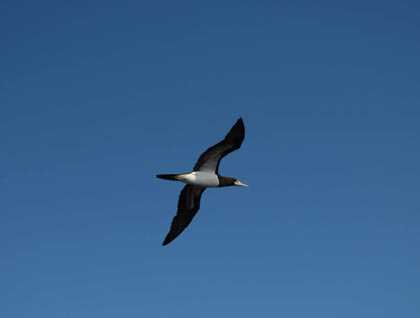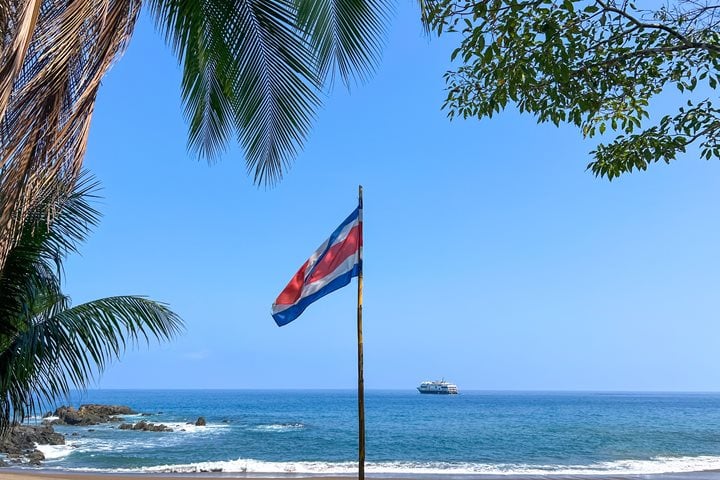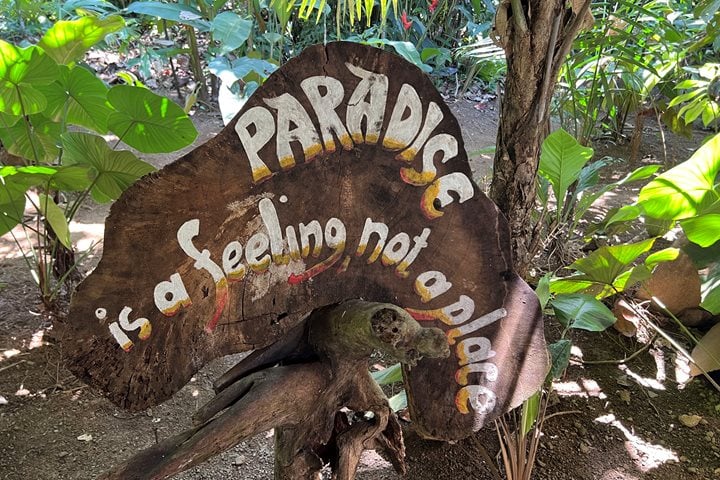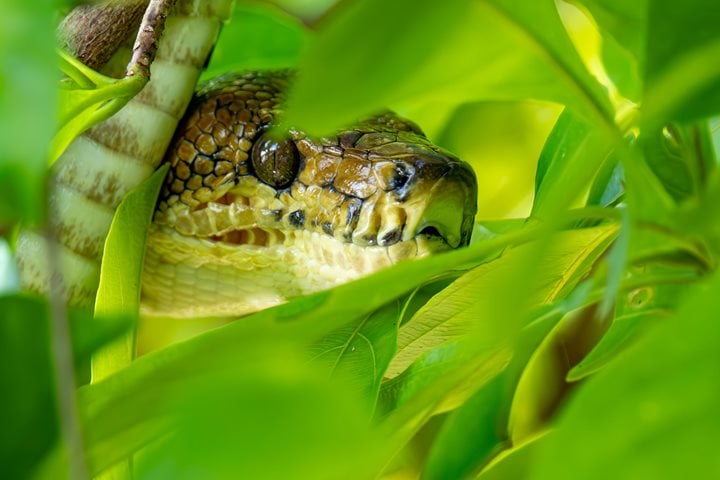After covering 180 nautical miles from Coiba Island National Park, we reached the Gulf of Panama. By midnight at Punta Mala, north-eastern trade winds picked up in speed to 25 knots and kept some of us awake for a couple of hours. Nonetheless, in spite of the wind factor, National Geographic Sea Lion continued persistently sailing into the waters of the Panama Canal area. Around 22 miles from the Panama Canal, our Captain David Sinclair found a great protected location and proceeded to drop anchor on the southern lee of Bona Island.
During this time, our local naturalist from Panama, Jose Perez provided a great presentation about the local ethnic groups and general culture of Panama. As Jose finished his talk, we proceeded to explore the unique island of Bona. The exploration aboard our inflatable landing crafts provided opportunities to observe brown pelicans, magnificent frigatebirds, brown boobies and even a few blue-footed boobies. These birds painted the blue sky with their silhouettes while their behavior enchanted all of us as we discovered their nesting sites.
Once back on board, we repositioned to Flamenco Signal -Pacific entrance to Panama Canal- however, a couple of Bryde’s whales slowed us down in order to admire their emersions. The skill of our second mate, Gengenbach kept us in perfect synchrony every time they surfaced and showed the characteristic two blowholes of baleen whales.
Once at our eastern anchorage at the entrance of the Panama Canal, we waited for our clearance to enter the canal. Once we cleared all the paper work and inspections, National Geographic Sea Lion welcomed our first pilot Captain Juan Vargas and started our transit late in the evening enjoying the marvels of the Panama Canal.







